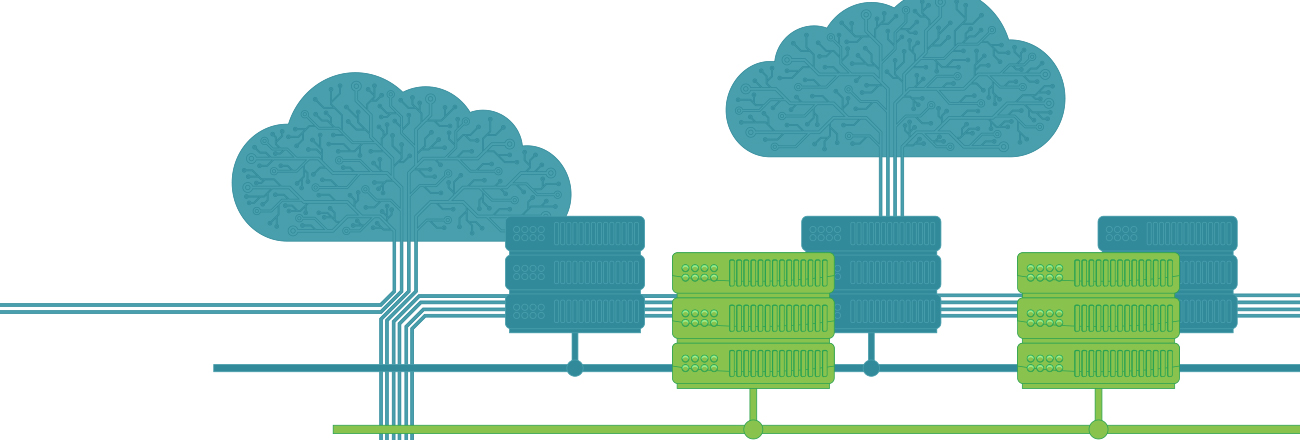Month: February 2013

 The creative forces behind the online gaming industry will always push the limits of technology. But to turn new ideas into reality, it’s critical that online game developers have the right IT Infrastructure in place. Let’s take a look at five challenges that online gaming publishers must address in order to maintain player loyalty and deliver an exceptional user experience.
The creative forces behind the online gaming industry will always push the limits of technology. But to turn new ideas into reality, it’s critical that online game developers have the right IT Infrastructure in place. Let’s take a look at five challenges that online gaming publishers must address in order to maintain player loyalty and deliver an exceptional user experience.
Speed-to-market – Increased competition can threaten your competitive advantage, making speed-to-market a critical factor. To address this challenge, online game production teams are making use of on-demand computing and storage infrastructure. Public cloud and dedicated servers offer ideal solutions for studios that need to quickly spin up computing resources for development, testing, beta and launch cycles.
Availability – If there’s one thing that strikes fear in the heart of MMOGs, it’s downtime. Online game publishers who choose to build out their infrastructure with resiliency or high availability in mind are more likely to ensure a positive gaming experience. Custom hosting solutions like managed hosting, private cloud or colocation typically provide more failover options and custom configurations.
Latency – Do you know how sensitive your game is to latency? Identifying the threshold is the first step to determining which infrastructure solution will be right for you. Options for reducing server-side latency include dedicated physical hardware, customized servers with specialty elements like high I/O disks and specialty flash drives. On the network side, tech ops teams are overriding BGP routing decisions through multi-carrier optimization, using UDP and TCP acceleration techniques and leveraging edge caching for static file delivery.
Scalability – Will your newly launched game be able to handle a sudden influx of players? The prevalent shift from a subscription model to free-to-play has resulted in an increased need for data center services for online gaming companies. Public cloud and dedicated hosting services can also help you meet fluctuating demand because of their ability to be turned on or off with minimal ramp-up time.
Infrastructure costs – On-demand and cloud infrastructure platforms can help startup studios minimize initial investments for new games and development projects. Whether demand is predictable or not, it’s helpful to have options that can meet your needs. For example, a hybrid approach leveraging a combination of colocation, complex hosting, dedicated hosting or cloud may ultimately prove to be the best architecture choice over the lifecycle of the game.
Did you know Internap provides IT Infrastructure to one-third of the world’s largest online gaming companies? To learn more about how game developers can address these challenges, download our white paper, Five Considerations for Building Online Gaming Infrastructure.
EVE Online image provided by CCP Games
Explore HorizonIQ
Bare Metal
LEARN MORE

Why Database Redundancy is Important: One Database Server is Just Not Enough
Before I start, I want to give a little background. HorizonIQ operates a very comprehensive CRM (customer relationship management) system which generates a lot of information. We store this information in a MySQL database, and as the database has grown over time we have had trouble keeping up with our backup needs.
Lucky for us, we have a lot of very smart and talented systems administrators on staff… Here’s the story of the challenge we faced, and how we solved it.
First, keeping ANY database without backups is a very bad idea. Keeping just one copy of the data (any data, for that matter) is a terrible idea. One should always, always, always have backups. For static data, such as Word documents, or photos and music files, making a manual backup here and there is fine.
However, for something like an active MySQL database, it’s not. Database information changes constantly, in our case there are hundreds of queries at any given moment. Because of this the actual database changes, and keeping a backup from even a few hours ago is just not enough. To remedy this, MySQL (and most other database systems) has an option for replication.
Here is how database redundancy works:
For this configuration to work, one would need two servers. Ideally connected to each other using a cross over cable (a direct connection between the two machines), but being on the same internal network should be fine, too.
Then configure MySQL in a master/slave configuration, where one of the servers is the primary and one is the slave. The slave would have a constant copy of the database that is updated in real time, so when data is written to the master, the master will write to the slave.
There are a lot of advantages to doing it this way. One, there is a hot spare that is constantly up-to-date. If something happens to the primary database server, then just switch to the hot spare (be careful, though, because the replication setup would then need to be reversed…).
The other advantage is that there won’t be any locked tables during database dumps. Instead, one could dump off the replication server to a backup server, and the replication will pick up where it left off (bin logs), once the dump is completed.
So, now for the pitfalls. This type of configuration requires more than one server. I like to run this with three: one master, one slave, and one for hard dumps made nightly. This gives you at least two copies of your database that are current up-to-the-minute, and one nightly full dump backup made off the master.
The moral of the story: Dynamic, or user-generated data, is invaluable. Often impossible to recreate. Keeping proper backups is only half the battle because if the data changes frequently, the backups will be out of date by the time they are needed.
Replication solves this by keeping a live second copy of the data — and also solves the problem with restoration time because the database servers can simply be flipped around (the slave becomes the master), and bam! You’re back in business.
Explore HorizonIQ
Bare Metal
LEARN MORE

Trend 1: Online privacy concerns threaten content consumption and preference sharing
Businesses today are collecting massive amounts of data on their consumers. But what do customers really think of these tactics? This presents a new challenge for content owners to find the balance between online privacy and gathering data on their market.
To learn more, download our white paper, Five Trends to Watch for Content Owners in 2013.






